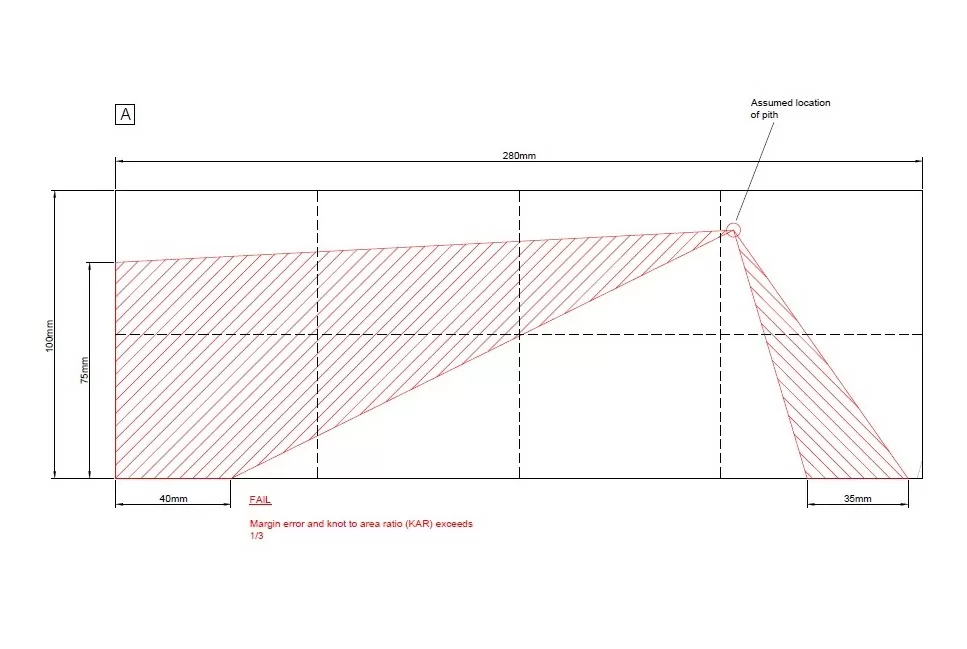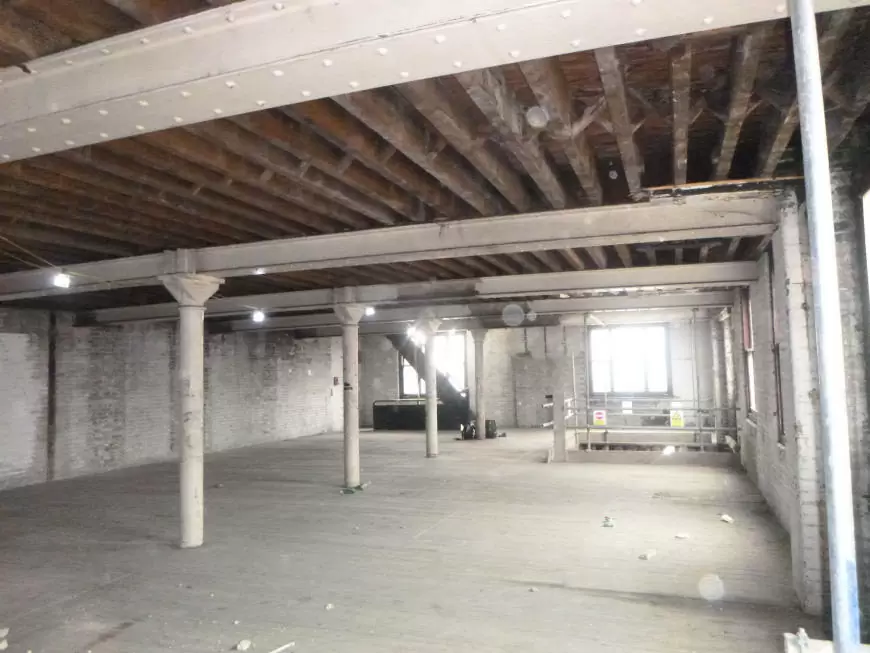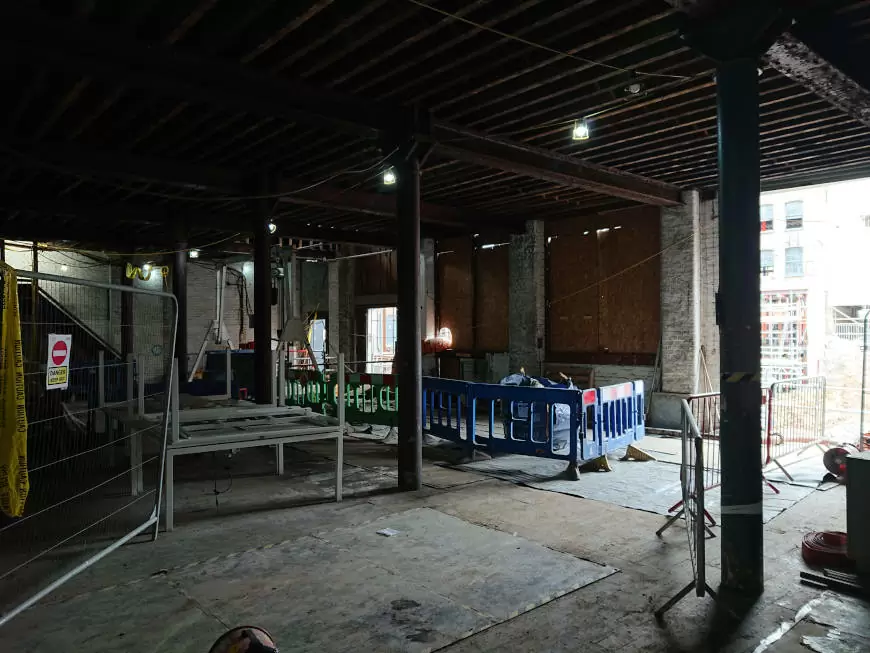East End development
The Problem
The client instructed H+R to investigate 6no. buildings of historic importance being retained as part of the development, with specific regard to identifying the extent of timber decay affecting roof and floor structures, to assess the residual strength of the timber structures using in-situ visual strength-grading analysis, and to provide fire-resistance data with the intention being to leave timber elements exposed on refurbishment. Remedial advice to correct any defects was also requested, as well as identification of previous remedial repairs and potential on-going or historic structural issues for assessment by the Structural Engineer.
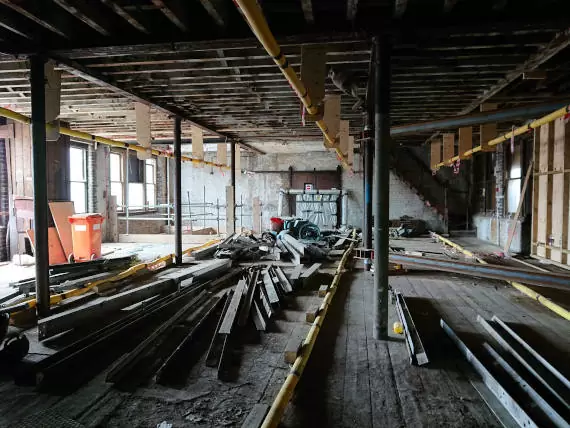
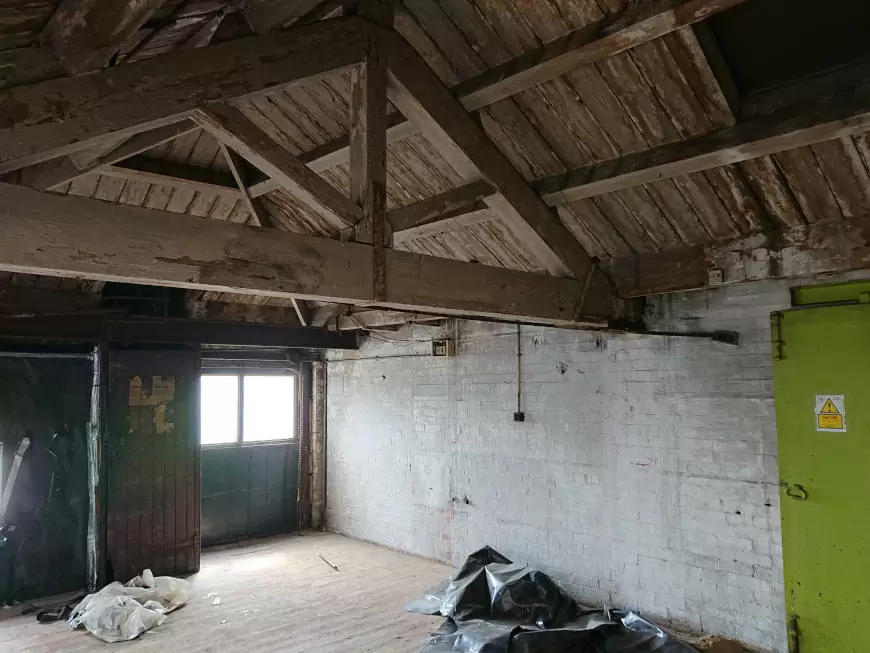
The Solution
Decay detection drilling was undertaken on-site throughout all timber structures to assess extent and location of decayed timbers, and subsequent probing for deep and surface moisture content readings to assess vulnerability to further decay. A detailed visual analysis of timber elements to identify strength-reducing features such as knots, splits, grain deviation, and twist was also completed during the inspection, along with production of ‘knot-plots’ where applicable. Samples were taken from timbers for later species identification to enable strength classes to be assigned and to provide accurate fire-resistance timings.
Comprehensive reports were produced which included schedules of decay and recommendations for repair, detailed information on structural issues identified during the surveys. After timber species analysis, tables with specific strength-grading information to aid the Structural Engineer, and fire-resistance data and estimated timings ‘before failure’ were compiled in conjunction with methods and recommendations as to how protection could be improved. Detailed CAD overlays and extensive photographic evidence were also included. The information gained from the surveys, and the clarity and detail with which the information was presented within the reports, enabled the developers to undertake the required immediate repairs and remediation ensuring maximum retention of historic fabric, as well as providing strategic information for use during and after refurbishment.
Case Study Gallery


